Search
Search Results
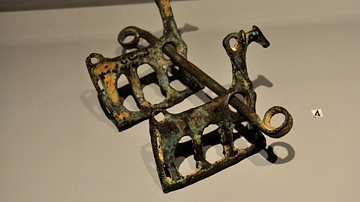
Image
Horse Bit from Lorestan
A horse bit with cheek pieces in the form of horses. From Lorestan, modern western Iran. Sassanid period, 224-651 CE. (The Sulaimaniya Museum, Iraq).
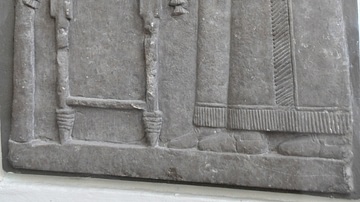
Image
Assyrian Royal Horse Bridle
This gypsum wall panel depicts two female courtiers in front of a table, on which the royal horse bridle has been placed. Neo-Assyrian Period, reign of Ashurbanipal II, 660-650 BCE. From the North Palace at Nineveh, Mesopotamia, modern-day...
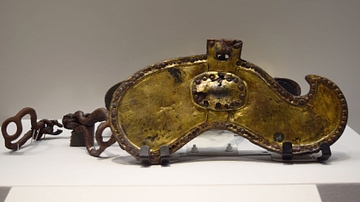
Image
Gilt-Bronze Horse Bit from Japan
This gilt-bronze horse bit was excavated from Kenzaki Otsuka, which is located in Japan's Gumna prefecture. It dates from the 6th century CE, during the Kofun period. (Tokyo National Museum)
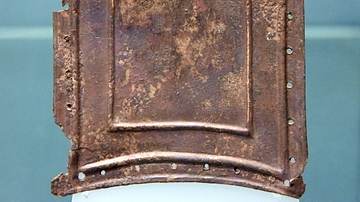
Image
Fragment of Urartian Horse Harness
This bronze plaque is engraved, at the upper part, with a figure of a god in a winged sun-disc. Originally, this plaque was part of a horse-harness (side-piece ), which was stitched to a leather backing. From Eastern Anatolia, in modern-day...
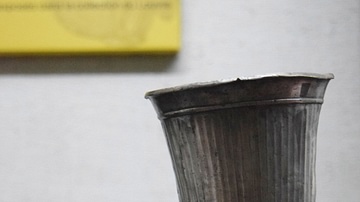
Image
Persian Horse Head Rhyton
This is a horse head rhyton cast in silver, dating from the 5th century BCE when Armenia was under Persian control. It was found at the Erebuni Fortress in Yerevan, Armenia. (Erebuni Historical and Archaeological Preserve, Yerevan, Armenia...
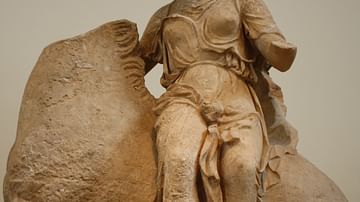
Image
Nereid Rising from the Ocean on a Horse
A Nereid (or Aura) riding a horse as she rises from the Ocean. Pentelic marble, c. 380 BCE. By the sculptor Timotheos. (National Archaeological Museum, Athens).

Video
Chief Arvol Looking Horse Speaks of White Buffalo Prophecy
Chief Arvol Looking Horse, 19th generation Keeper of the Sacred White Buffalo Calf Pipe. The leader of the Lakota Dakota Nakota Oyate, the great Sioux nation, is a man with a vision. A Great Urgency: To All World Religious and Spiritual...

Image
Odin & his Horse Sleipnir
The image is to be found in Manuscript AM 738 4to or Edda oblongata, c. 1680 CE. This illustrated copy of the Prose Edda contains 23 drawings of subjects from Norse mythology.
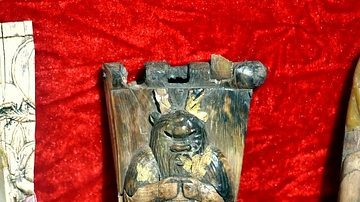
Image
Ivory Horse Frontlet from Nimrud
This ivory piece is part of the so-called "equestrian bridle-harness ornaments". It represents the lower part of a hinged frontlet, virtually complete. Most of the hinges and much of the iron pin have survived. A figure of the Egyptian...
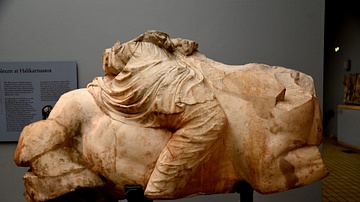
Image
Colossal Statue of a Persian Rider on a Rearing Horse
The rider wears a tunic and trousers in the Persian fashion. He probably formed part of a hunting scene on one of the ledges around the podium. The upper part of the rider (now lost) was carved from a separate piece of marble and attached...